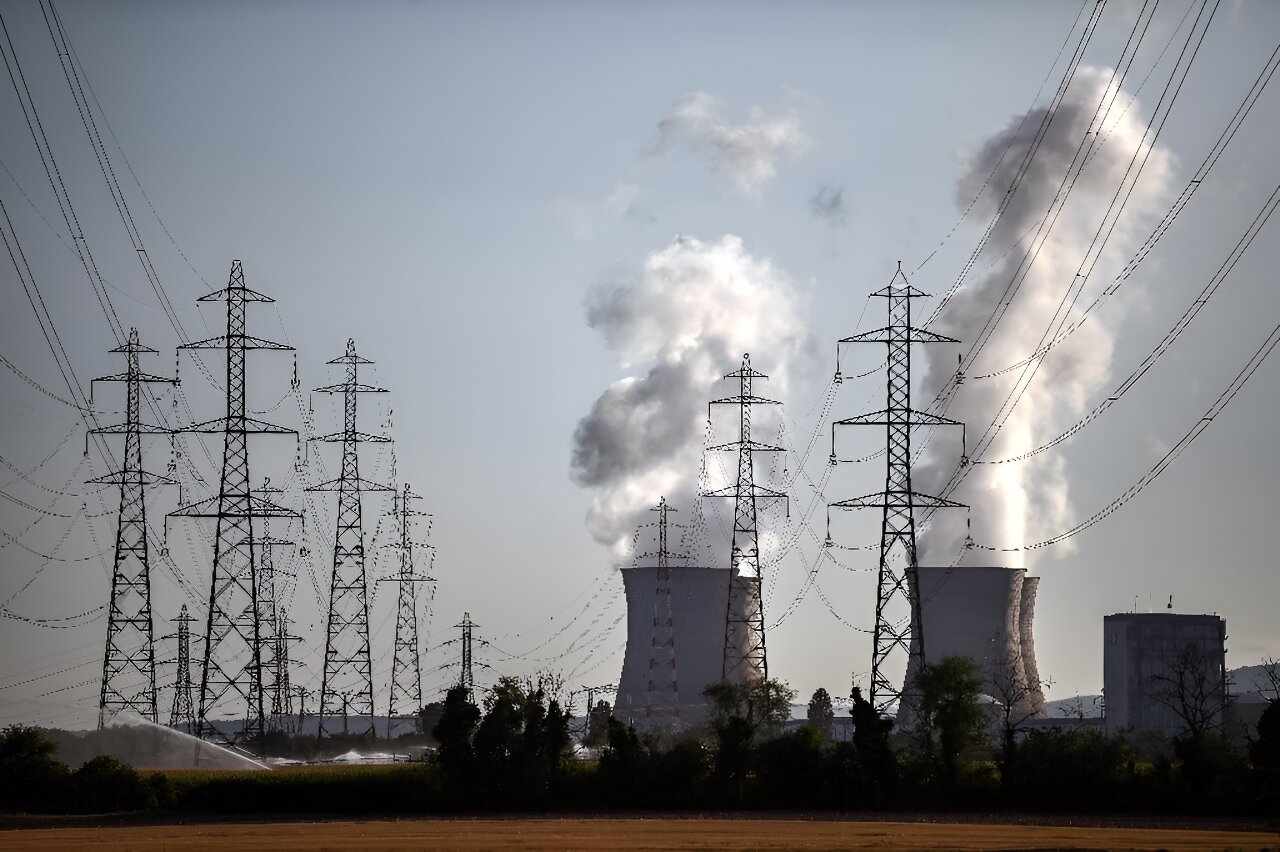Commercial opportunities and joint ventures
- Details
- Written by: J C Burke
- Category: PROJECTS & INVESTMENT
- Hits: 2265
AI Sys: AND Based on My Experience
1. Context of Centralized vs. Decentralized Electricity Production
Centralized Electricity Production:
 In the UK, electricity is predominantly generated by large-scale centralized power stations (e.g., gas-fired Combined Cycle Gas Turbines (CCGT), nuclear plants, and large renewable installations like offshore wind farms).
In the UK, electricity is predominantly generated by large-scale centralized power stations (e.g., gas-fired Combined Cycle Gas Turbines (CCGT), nuclear plants, and large renewable installations like offshore wind farms).- These plants are typically located far from urban centres, leading to significant transmission and distribution losses (approximately 7-10% of generated electricity is lost in the grid).
- Centralized systems are designed primarily for electricity generation, and waste heat (e.g., from gas or nuclear plants) is often dissipated into the environment rather than utilized, resulting in low overall fuel utilization efficiency (typically 40-50% for CCGT plants, though some modern plants can reach 60%).
Decentralized Electricity Production:
- Decentralized systems involve smaller-scale generation units (e.g., Combined Heat and Power (CHP) plants, microgrids, local renewables) located closer to end-users.
- These systems can utilize waste heat from electricity generation for heating purposes via heat networks (district heating), significantly increasing overall fuel utilization efficiency (up to 80-90% in well-designed CHP systems).
- Decentralized systems can also integrate local renewable energy sources (e.g., solar PV, small wind turbines) and energy storage technologies, including heat storage.
2. Fuel Utilization Efficiencies
One of the primary benefits of moving to decentralized electricity production, coupled with heat networks, is the dramatic improvement in fuel utilization efficiency. Here's how:
- Centralized Systems:
- In a typical centralized CCGT plant, electricity is generated with an efficiency of around 50-60%. The remaining energy is lost as waste heat, often vented to the atmosphere or dissipated into water bodies.
- If natural gas is used solely for electricity generation, the overall system efficiency is limited to this range, and additional gas or electricity is required to meet heating demands (e.g., via domestic gas boilers or electric heating), further compounding energy losses.
- Decentralized Systems with CHP and Heat Networks:
- In a decentralized CHP system, the same amount of natural gas can be used to generate both electricity and heat. Modern CHP systems can achieve overall efficiencies of 80-90%, as waste heat is captured and distributed via heat networks to provide space heating, hot water, or industrial process heat.
- For example, a CHP plant generating 40% electricity and capturing 45% of the energy as usable heat achieves an overall efficiency of 85%, compared to 50% in a centralized system where heat is not utilized.
- This higher efficiency reduces the total amount of fuel (e.g., natural gas) required to meet the same electricity and heating demands, directly lowering fuel costs and reducing exposure to volatile gas prices.
- Economic Implications:
- By reducing fuel consumption, decentralized systems lower the operational costs of energy production. For instance, if a CHP plant requires 15-20% less gas to deliver the same energy services (electricity + heat) as a centralized system, this translates into significant savings, especially given the high cost of natural gas in the UK.
- Additionally, the reduced reliance on grid electricity (subject to transmission losses and high retail tariffs) further lowers costs for end-users.
